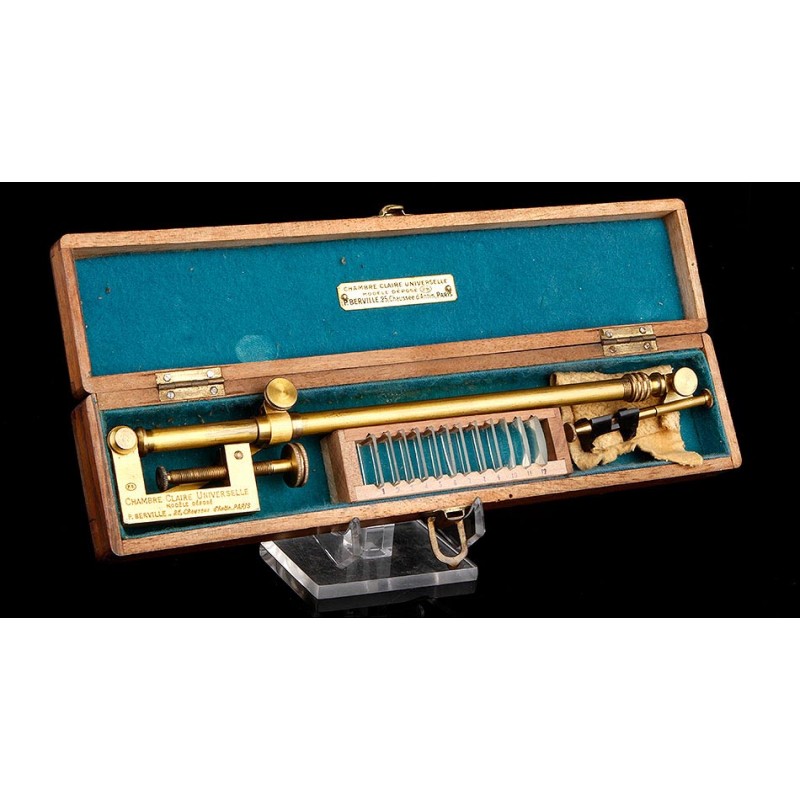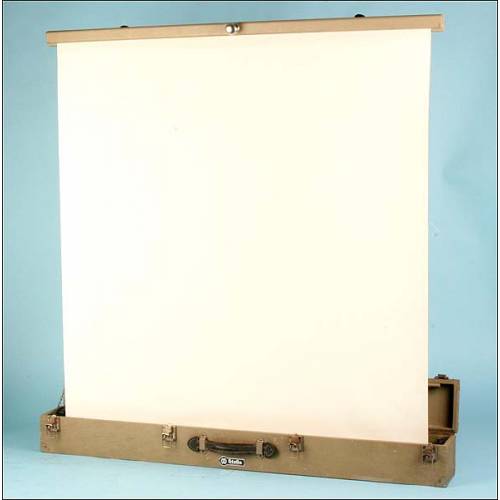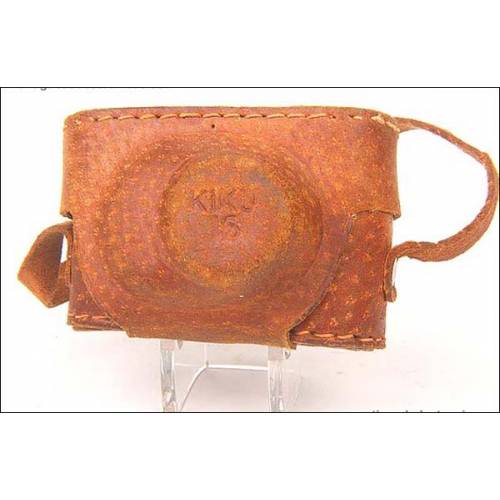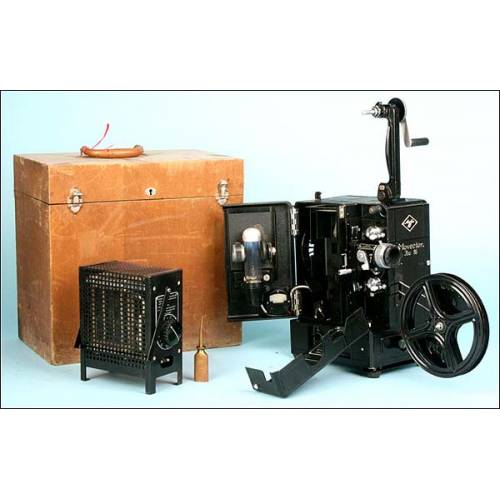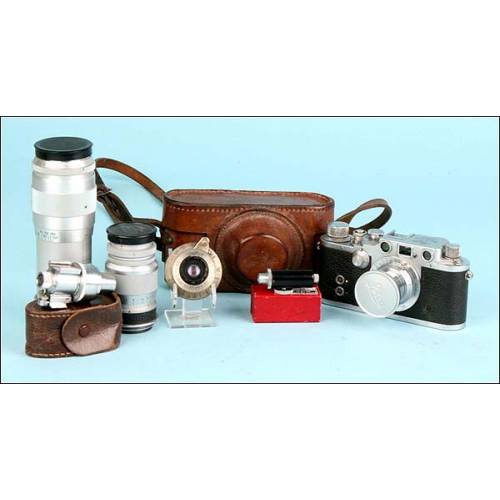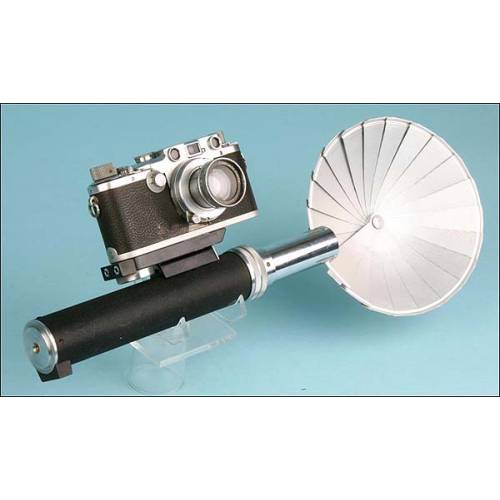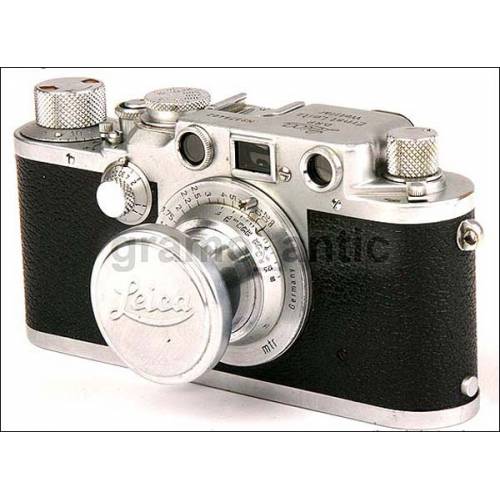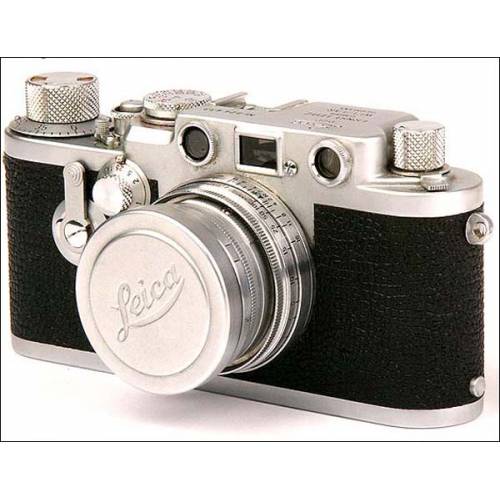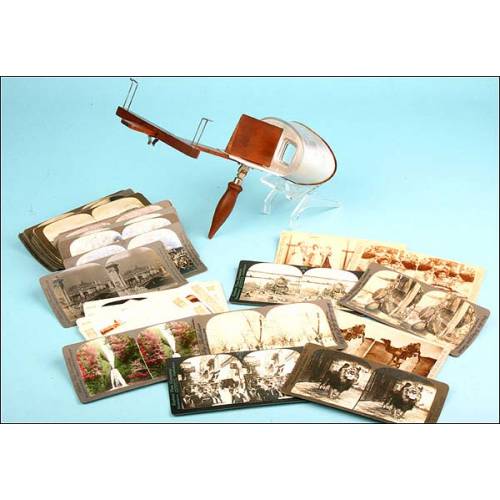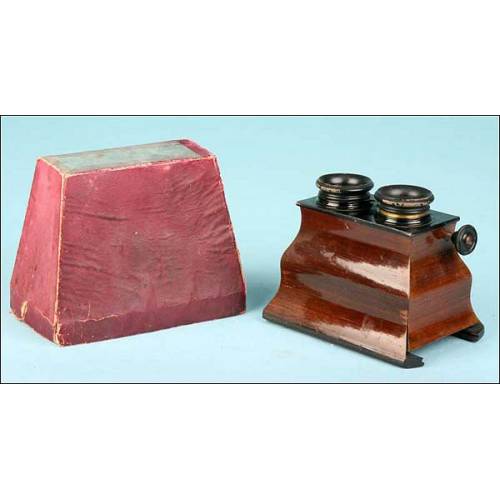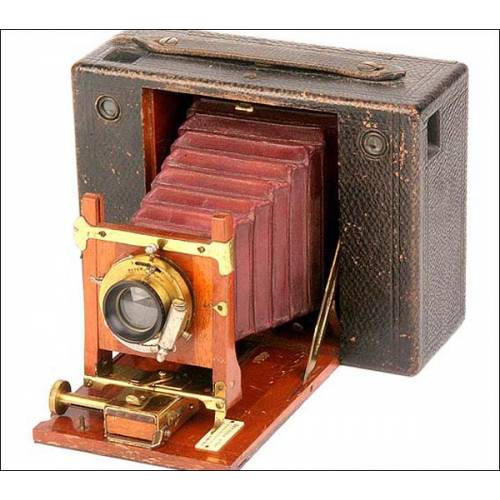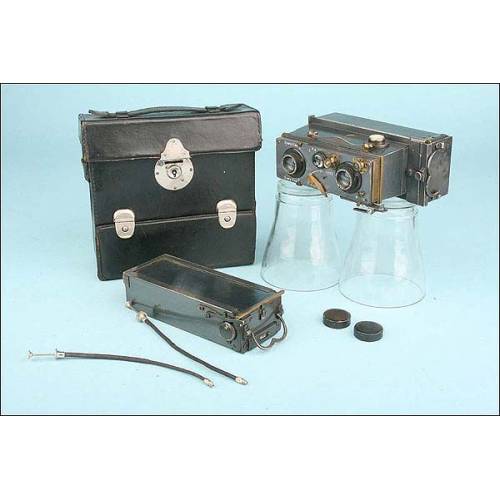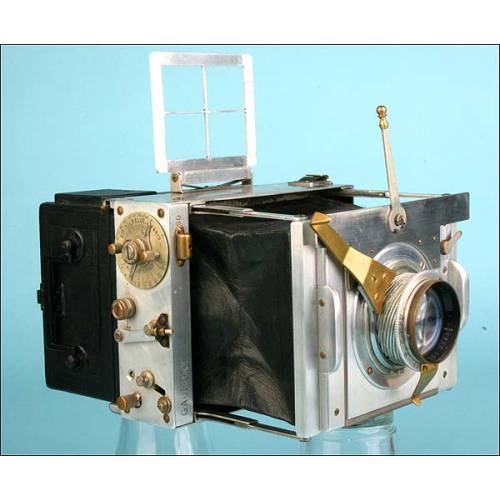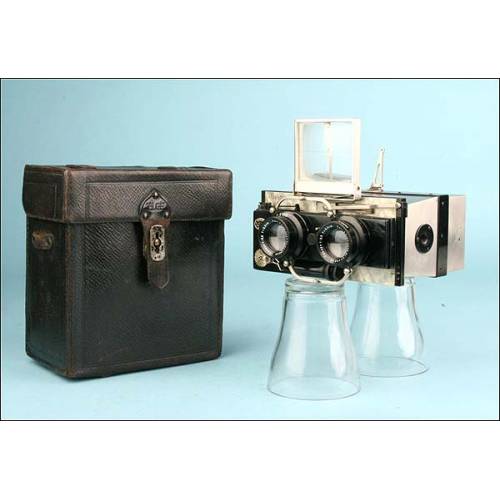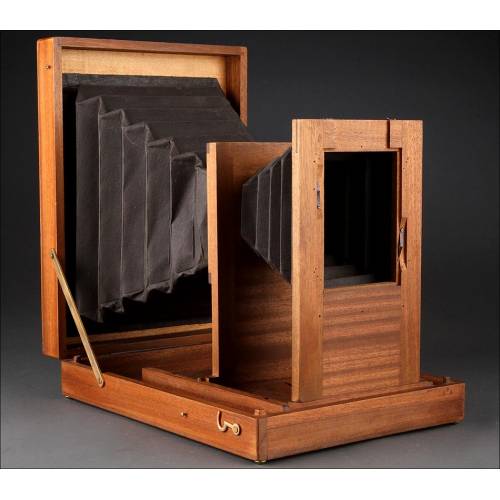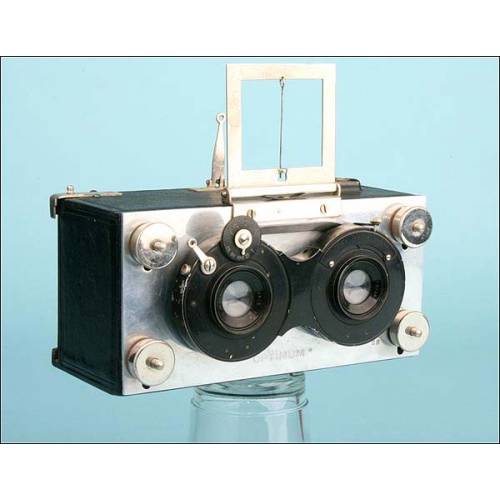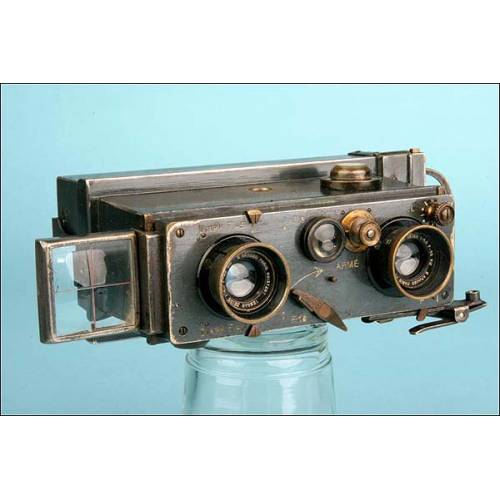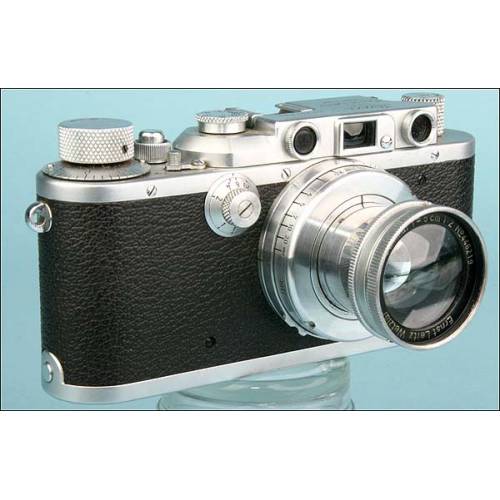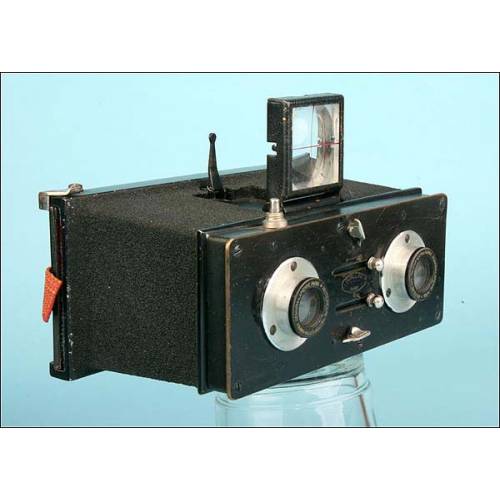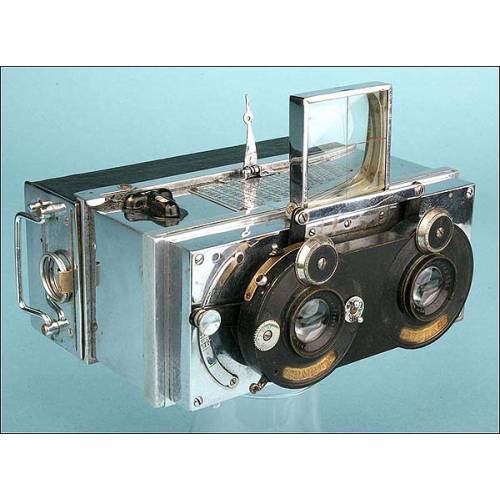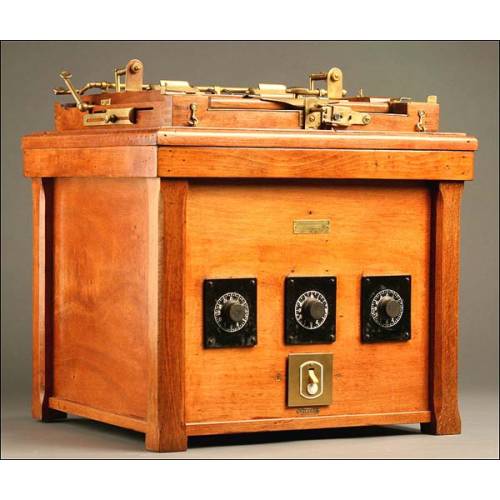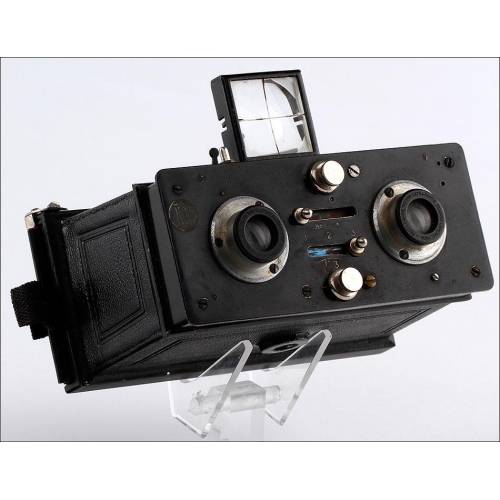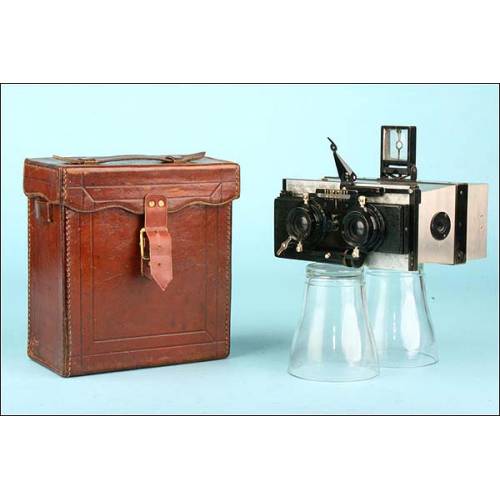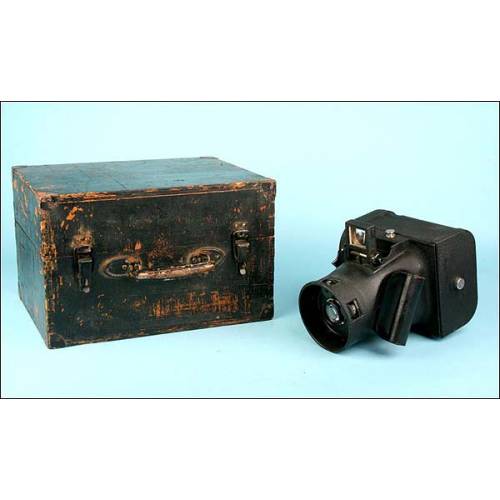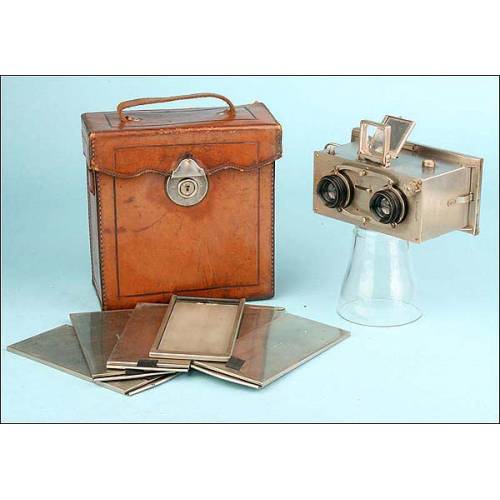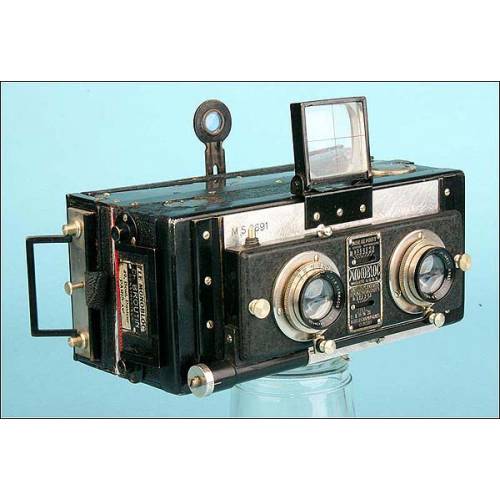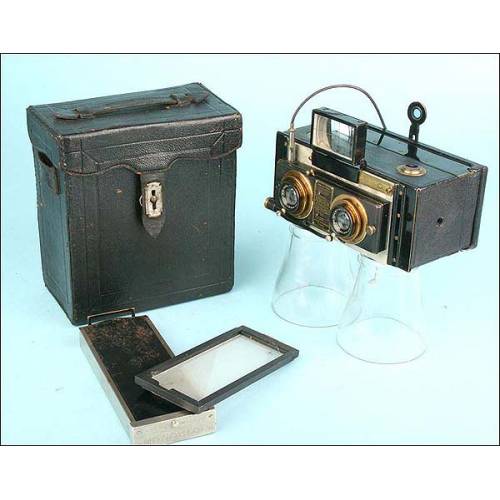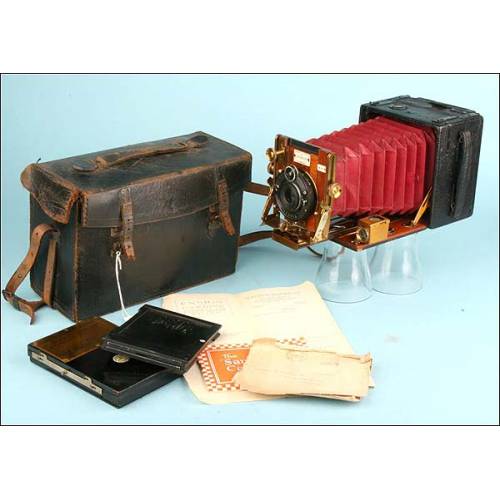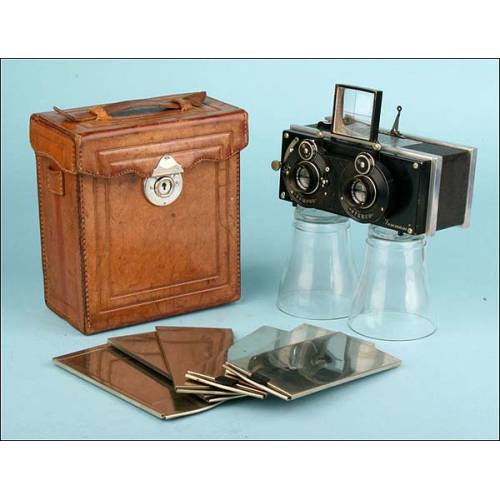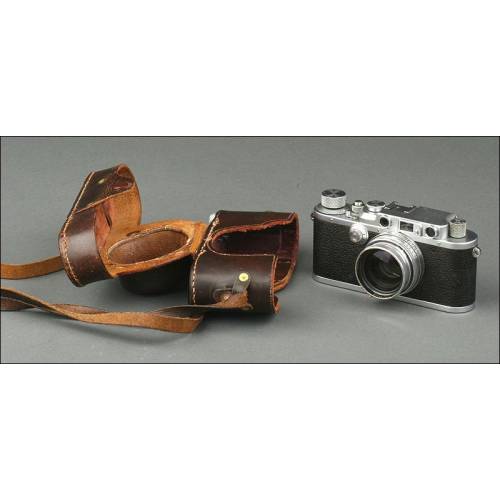B-384
Fascinating Antique Camera Lucida with All Accessories. France, XIX Century.
Antique lucid camera in original case. With all lenses. Early model.
Sold!
This great instrument is a camera lucida that comes dismantled and stored in its original case. The device was made in France in the 19th century and has survived to our days in excellent condition, being one of the first models ever manufactured. The camera preserves all its lenses and accessories and can still be used to reproduce images from nature with total precision. The pieces and component parts are made of golden brass the metal is well preserved and shows no traces of rust or wear, keeping the original transparent lacquered finish. A camera lucida (meaning lighted room in Latin) is a device designed to draw objects from nature. It was invented by William H. Wollaston in 1880 and it works in a simple and ingenious way. To use this instrument, first it has to be fixed to a drawing table or plank. Then, the user will choose the right magnification lens in order to reproduce the object accurately. By operating the articulated arm of the device, he or she will focus the lens on the model the image will be projected on the paper and the user will be able to reproduce it with the right proportions. The clamp or screw used to fix the camera lucida to the table bears the following engraved inscription: CHAMBRE CLAIRE UNIVERSELLE MODÉLE DÉPOSÉ P. BELVILLE, 25, Chausée dAntin - PARIS. These words show the manufacturers name, P. Belville, and the businesss address. The same inscription can be seen in a metal plate attached inside the cases cover. The case itself is made of solid oak wood and bears fine and solid dovetail joints; it is in quite good condition. Inside it is covered of well-preserved blue velvet. Into the case there is a wooden stand for the lenses (with the magnification number of each lens printed on the edge) and a cloth to clean them. Antique and original, this French camera lucida is a charismatic piece that can still be used to reproduce images with total precision. Measurements (Open Case): Width: 11.8 in / 30 cm. 5.1 in /13 cm.

